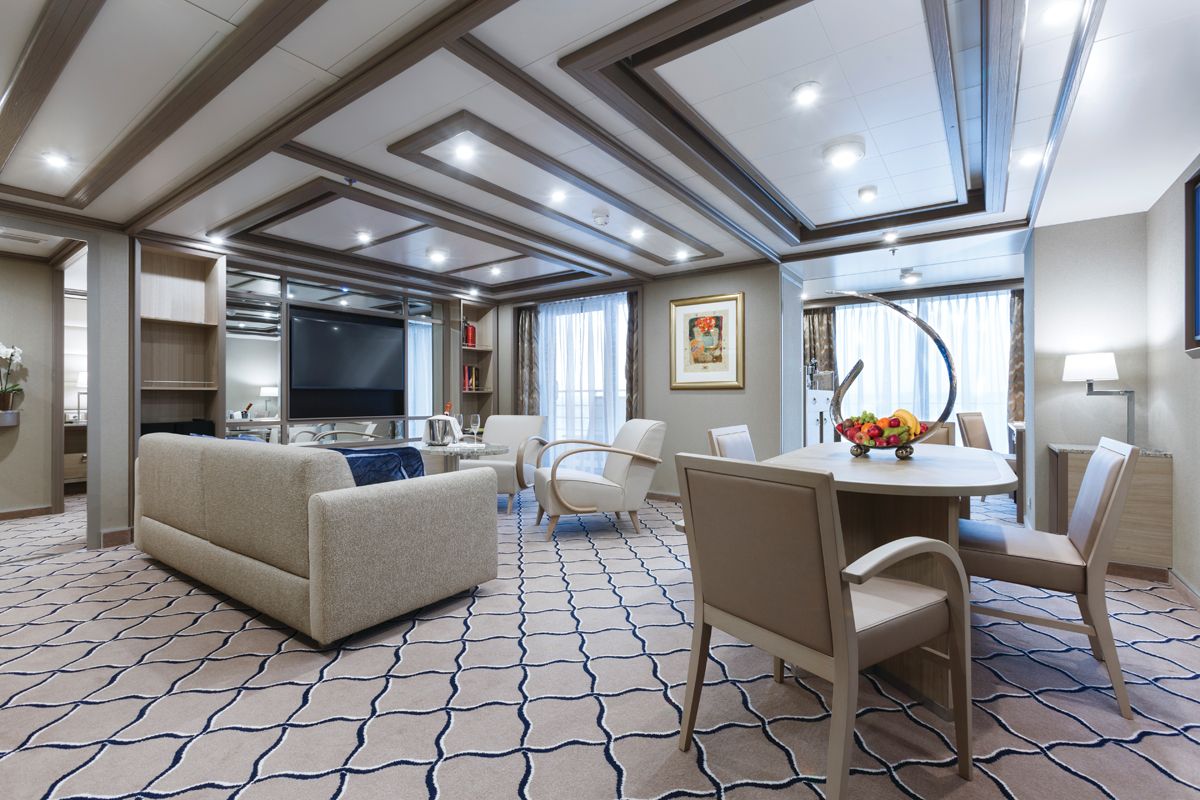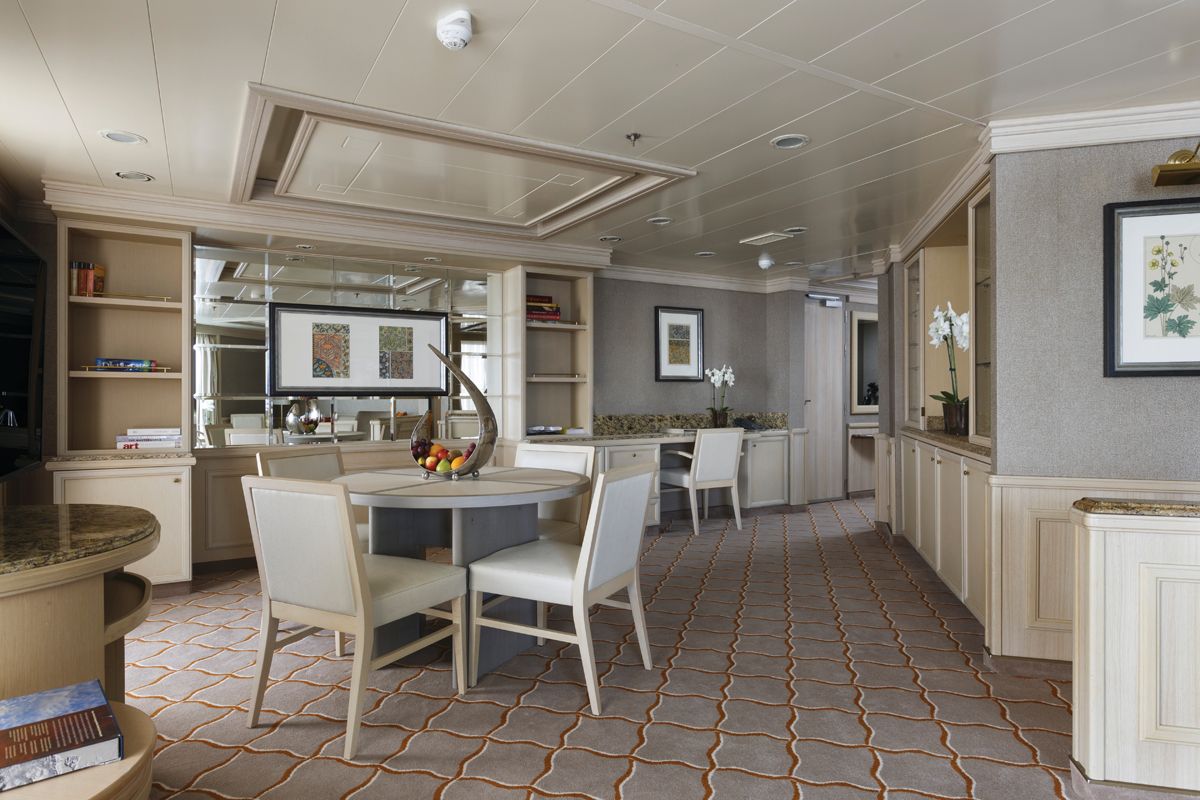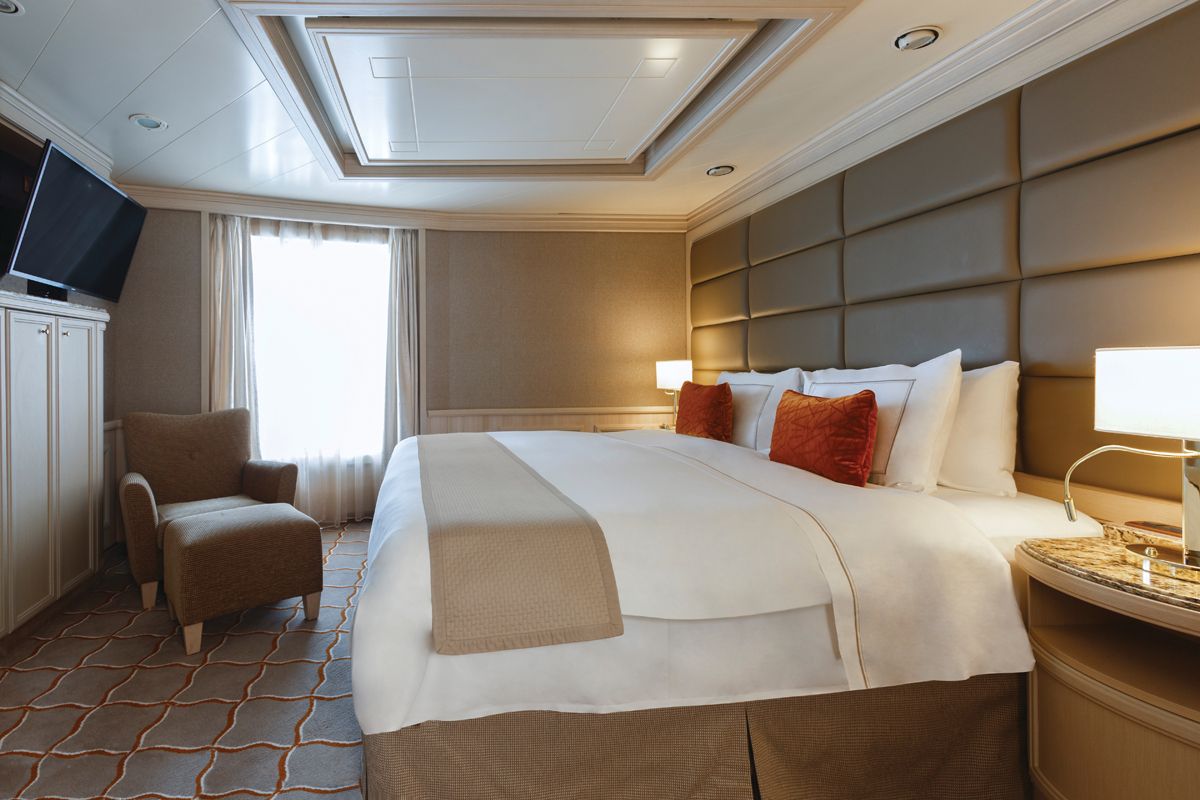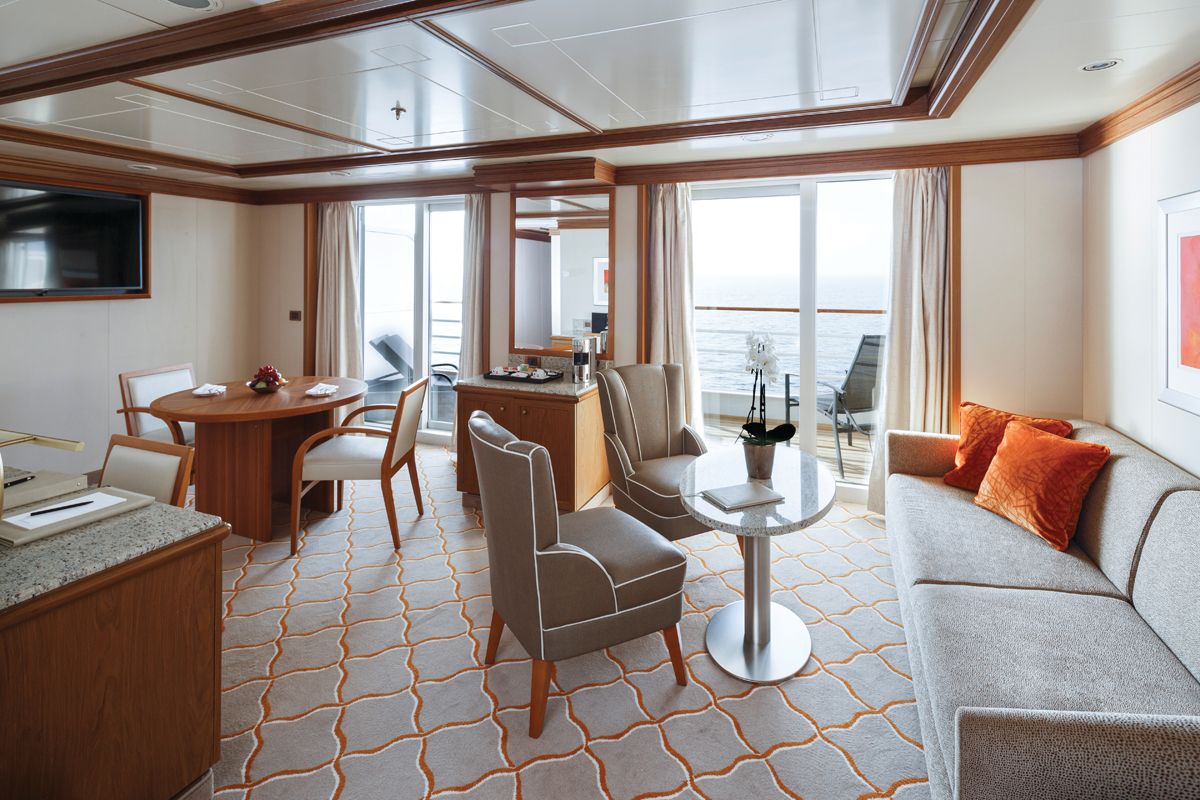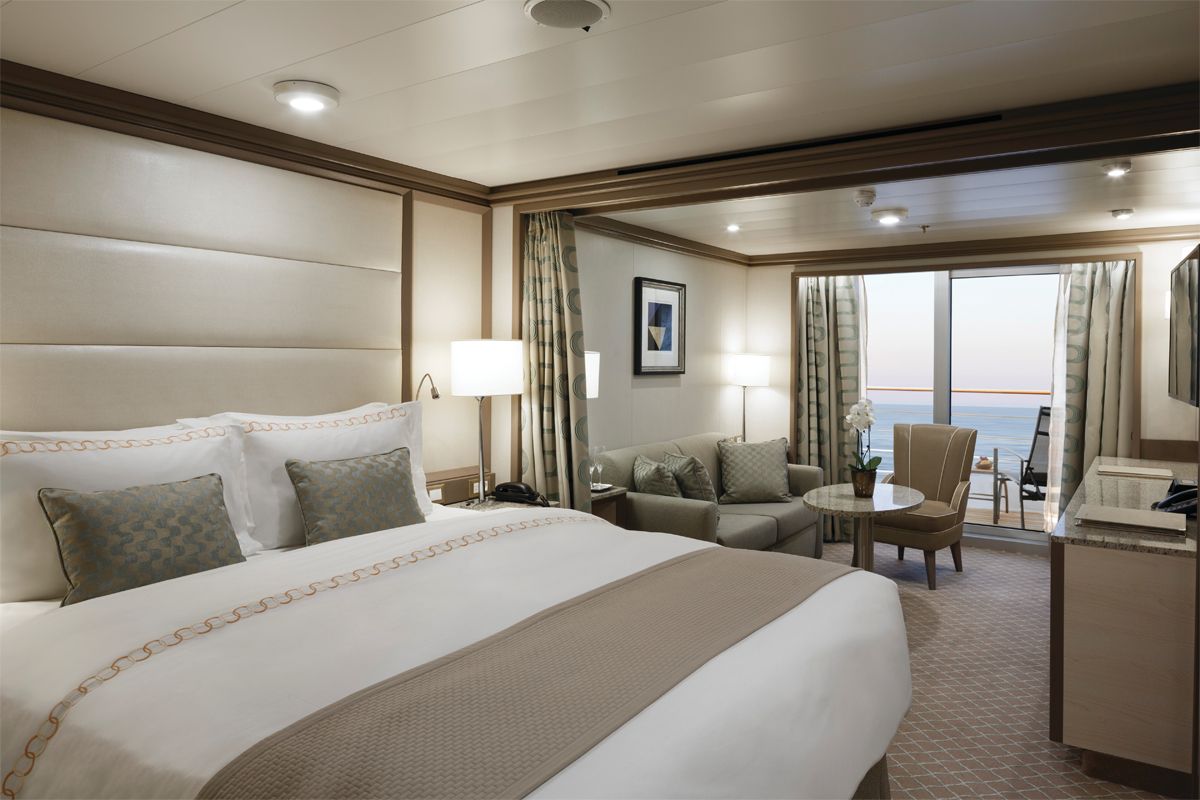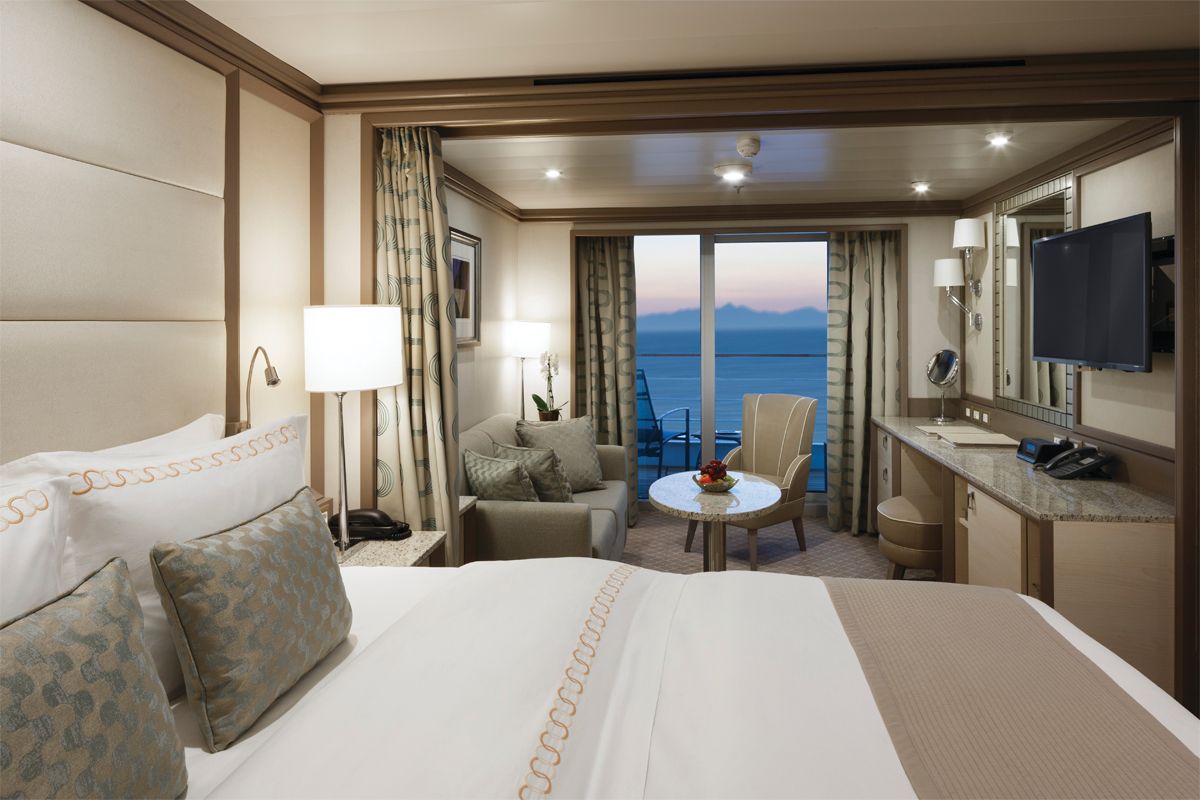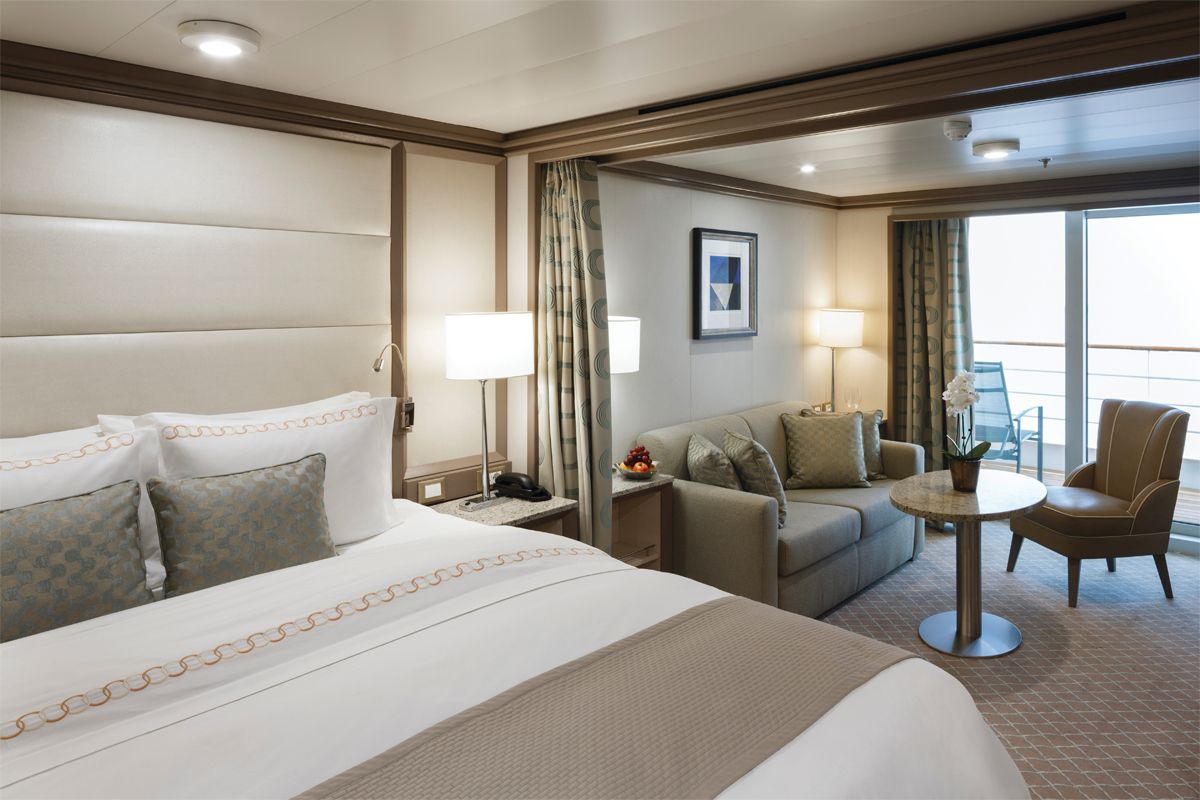

Go beyond your boundaries and explore the world as never before.
This bustling capital city is a major duty-free port with a compact shopping area. The principal thoroughfare is Broad Street, which leads west from National Heroes Square.
Amongst top attractions here, the Pelican Villagea cluster of workshops located halfway between the cruise-ship terminal and downtown Bridgetown where craftspeople create and sell locally made leather goods, batik, basketry, carvings, jewelry, glass art, paintings, pottery, and other items. It's open weekdays 9 to 5 and Saturday 9 to 2; things here are most active when cruise ships are in port.
Alternatively, sightseers will want to go to the Nidhe Israel Synagogue, which has been providing for the spiritual needs of one of the oldest Jewish congregations in the Western Hemisphere. This synagogue was formed by Jews who left Brazil in the 1620s and introduced sugarcane to Barbados. The adjoining cemetery has tombstones dating from the 1630s. The original house of worship, built in 1654, was destroyed in an 1831 hurricane, rebuilt in 1833, and restored with the assistance of the Barbados National Trust in 1987. Friday-night services are held during the winter months, but the building is open to the public year-round. Shorts are not acceptable during services but may be worn at other times.
When colonists arrived in Madeira in July 1419, the valley they settled was a mass of bright yellow fennel, or funchal in Portuguese. Today the bucolic fields are gone, and the community that replaced them is the self-governing island's bustling business and political center. Funchal is the only town of any size on the island and the base for the the bulk of its tourism thanks to the plethora of hotels, restaurants, bars, cafés, phenomenal coastal and hillside views, and—of course—Madeira wine.
Despite the tropical vegetation, Funchal’s center feels decidedly Portuguese, though there's a heavy British influence, which is a holdover from the mid-16th-century marriage of the Portuguese princess Catherine of Bragança to England's King Charles II. The marriage contract gave the English the right to live on Madeira, plus valuable trade concessions. Charles in turn gave Madeirans an exclusive franchise to sell wine to England and its colonies. The island's wine boom lured many British families to Funchal, and many blue-blooded Europeans and famous vacationers such as George Bernard Shaw and Winston Churchill followed the pack to enjoy the mild winters.
When colonists arrived in Madeira in July 1419, the valley they settled was a mass of bright yellow fennel, or funchal in Portuguese. Today the bucolic fields are gone, and the community that replaced them is the self-governing island's bustling business and political center. Funchal is the only town of any size on the island and the base for the the bulk of its tourism thanks to the plethora of hotels, restaurants, bars, cafés, phenomenal coastal and hillside views, and—of course—Madeira wine.
Despite the tropical vegetation, Funchal’s center feels decidedly Portuguese, though there's a heavy British influence, which is a holdover from the mid-16th-century marriage of the Portuguese princess Catherine of Bragança to England's King Charles II. The marriage contract gave the English the right to live on Madeira, plus valuable trade concessions. Charles in turn gave Madeirans an exclusive franchise to sell wine to England and its colonies. The island's wine boom lured many British families to Funchal, and many blue-blooded Europeans and famous vacationers such as George Bernard Shaw and Winston Churchill followed the pack to enjoy the mild winters.
Spread over a string of seven hills north of the Rio Tejo (Tagus River) estuary, Lisbon presents an intriguing variety of faces to those who negotiate its switchback streets. In the oldest neighborhoods, stepped alleys whose street pattern dates back to Moorish times are lined with pastel-color houses decked with laundry; here and there, miradouros (vantage points) afford spectacular river or city views. In the grand 18th-century center, calçada à portuguesa (black-and-white mosaic cobblestone) sidewalks border wide boulevards. Elétricos (trams) clank through the streets, and blue-and-white azulejos (painted and glazed ceramic tiles) adorn churches, restaurants, and fountains.
Of course, parts of Lisbon lack charm. Even some downtown areas have lost their classic Portuguese appearance as the city has become more cosmopolitan: shiny office blocks have replaced some 19th- and 20th-century art nouveau buildings. And centenarian trams share the streets with "fast trams" and noisy automobiles.
Lisbon bears the mark of an incredible heritage with laid-back pride. In preparing to host the 1998 World Exposition, Lisbon spruced up public buildings, overhauled its subway system, and completed an impressive second bridge across the river. Today the former Expo site is an expansive riverfront development known as Parque das Nações, and the city is a popular port of call for cruises, whose passengers disembark onto a revitalized waterfront. Downtown, all the main squares have been overhauled one by one.
In its heyday in the 16th century, Lisbon was a pioneer of the first wave of globalization. Now, the empire is striking back, with Brazilians and people from the former Portuguese colonies in Africa enriching the city’s ethnic mix. There are also more than a few people from other European countries who are rapidly becoming integrated.
But Lisbon's intrinsic, slightly disorganized, one-of-a-kind charm hasn't vanished in the contemporary mix. Lisboetas (people from Lisbon) are at ease pulling up café chairs and perusing newspapers against any backdrop, whether it reflects the progress and commerce of today or the riches that once poured in from Asia, South America, and Africa. And quiet courtyards and sweeping viewpoints are never far away.
Despite rising prosperity (and costs) since Portugal entered the European Community in 1986, and the more recent tourism boom, prices for most goods and services are still lower than most other European countries. You can still find affordable places to eat and stay, and with distances between major sights fairly small, taxis are astonishingly cheap. All this means that Lisbon is not only a treasure chest of historical monuments, but also a place where you won’t use up all your own hard-earned treasure.
World Cruise Finder's suites are some of the most spacious in luxury cruising.
Request a Quote - guests who book early are rewarded with the best fares and ability to select their desired suite.
